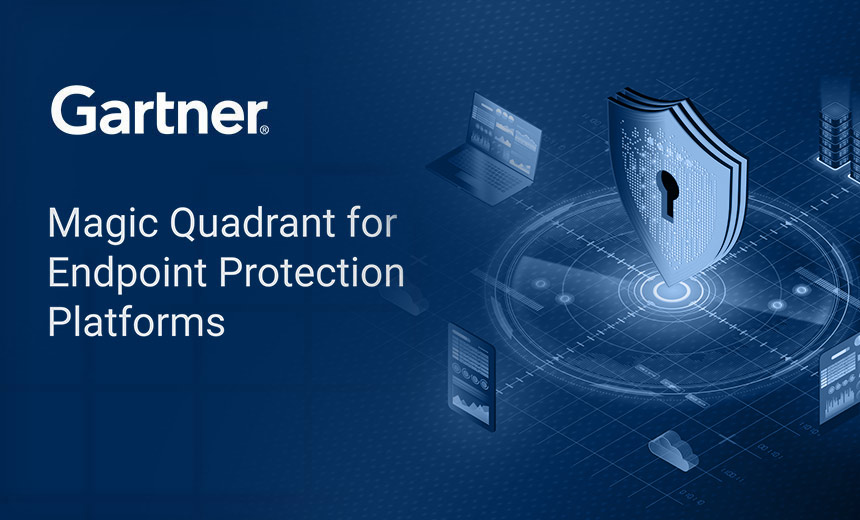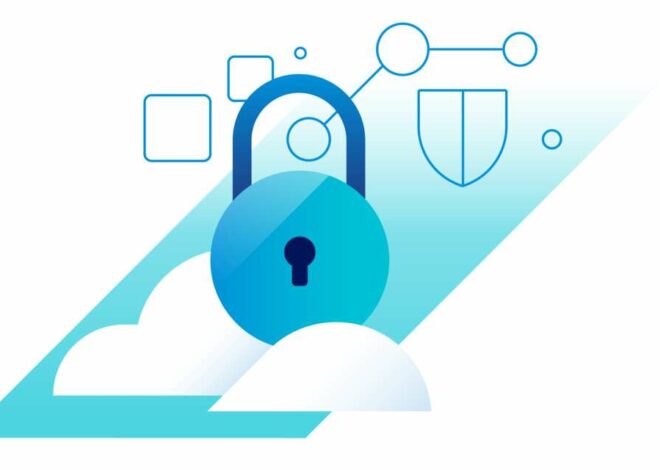
EDR Made Easy: How to Choose the Right Solution Using Gartner’s Magic Quadrant
Endpoint Detection and Response (EDR) is a comprehensive approach to protecting an organization’s critical data from any type of disaster. It includes both backup and recovery, as well as real-time replication of data to ensure continuous availability.
EDR solutions are designed to keep data safe and accessible in the event of system failures, site outages, natural disasters, or human error. They provide organizations with the peace of mind knowing that their data is protected and can be recovered quickly in the event of an emergency.
Gartner’s Magic Quadrant for Enterprise Data Resiliency Solutions is a valuable resource for organizations looking for the right EDR solution. The quadrant evaluates vendors based on their ability to execute and their completeness of vision.
When choosing an EDR solution, it is important to consider the following factors:
– Recovery time objective (RTO): How long can your organization afford to be without access to its data?
– Recovery point objective (RPO): How much data can your organization afford to lose?
– Cost: What is your budget for an EDR solution?
– Scalability: Does the EDR solution scale to meet your future needs?
– Integration: How easy is it to integrate the EDR solution into your existing infrastructure?
Table of Contents
What is Gartner’s Magic Quadrant?
How to use the quadrant to choose the right EDR solution
The top 10 EDR solutions according to Gartner
Conclusion
What is Gartner’s Magic Quadrant?
Gartner’s Magic Quadrant is a well-known and respected tool for evaluating technology products and vendors. It’s used in a variety of industries, but it’s especially useful for enterprise security buyers who need to choose an EDR solution.
In the Magic Quadrant, Gartner ranks vendors based on their ability to execute and their vision. The quadrant is divided into four sections: Leaders, Challengers, Niche Players, and Visionaries.
Leaders are vendors that have proven themselves in the market. They have strong product offerings and are growing rapidly. They’re also innovating and investing in R&D to stay ahead of the curve.
Challengers are vendors that are trying to catch up to the Leaders. They may have good products, but they’re not as well-known or as established in the market.
Niche Players are vendors with niche products that serve a specific need or market segment. They may not be as strong overall as the Leaders or Challengers, but they can still be a good option for certain buyers.
Visionaries are vendors with innovative products that are ahead of their time. They may not have the strongest products on the market today, but they’re investing heavily in R&D and they’re worth watching closely in case they disrupt the market in the future.
How to use the quadrant to choose the right EDR solution
Gartner’s Magic Quadrant is a well-known and respected tool for assessing different vendors and products in the tech industry. EDR (enterprise data center infrastructure) solutions are no different – using the quadrant can help you zero in on the right solution for your needs. Here’s a quick rundown of how to use the quadrant to choose an EDR solution:
The first step is to identify your needs. What are you looking for in an EDR solution? What are your specific requirements? Once you have a good understanding of your needs, you can start evaluating different solutions against those criteria.
Next, take a look at the quadrant itself. The vertical axis represents “ability to execute”, while the horizontal axis represents “completeness of vision”. Solutions that rank highly on both axes are considered “leaders”, while those that rank lower on one or both axes are considered “laggards”. Look for a solution that is a leader in terms of both ability to execute and completeness of vision – this indicates a vendor that is not only capable of delivering a great product, but also has a clear understanding of where the market is headed and what features will be important in the future.
Finally, don’t forget to read the accompanying analysis for each vendor. This will give you more insight into why they were ranked where they were, and whether or not they would be a good fit for your needs. With all of this information in hand,
The top 10 EDR solutions according to Gartner
Gartner’s Magic Quadrant for Enterprise Data Loss Prevention (EDP) Solutions is a comprehensive guide to help organizations choose the right EDP solution. The top 10 EDP solutions according to Gartner are:
1. Symantec Data Loss Prevention
2. McAfee Complete Data Protection Suite
3. Check Point Software Technologies Ltd. Information Security Gateways
4. Cisco Systems, Inc. Information Security Solutions
5. Proofpoint, Inc. Email and Data Loss Prevention Solutions
6. Code Green Networks, Inc. Data Loss Prevention Solutions
7. Digital Guardian from Forcepoint LLC
8. Fidelis Cybersecurity
9. Intel Security Group McAfee DLP
10 Trustwave Holdings, Inc.’s Database Activity Monitoring
Conclusion
As you can see, determining the right EDR solution for your business doesn’t have to be complicated. With Gartner’s Magic Quadrant as a guide, you can easily understand the features and capabilities of various solutions and make an informed decision based on what is important to your organization. By taking these factors into consideration when selecting an EDR solution, you will ensure that your team has all the necessary tools for success in securing your organization from cybersecurity threats.


